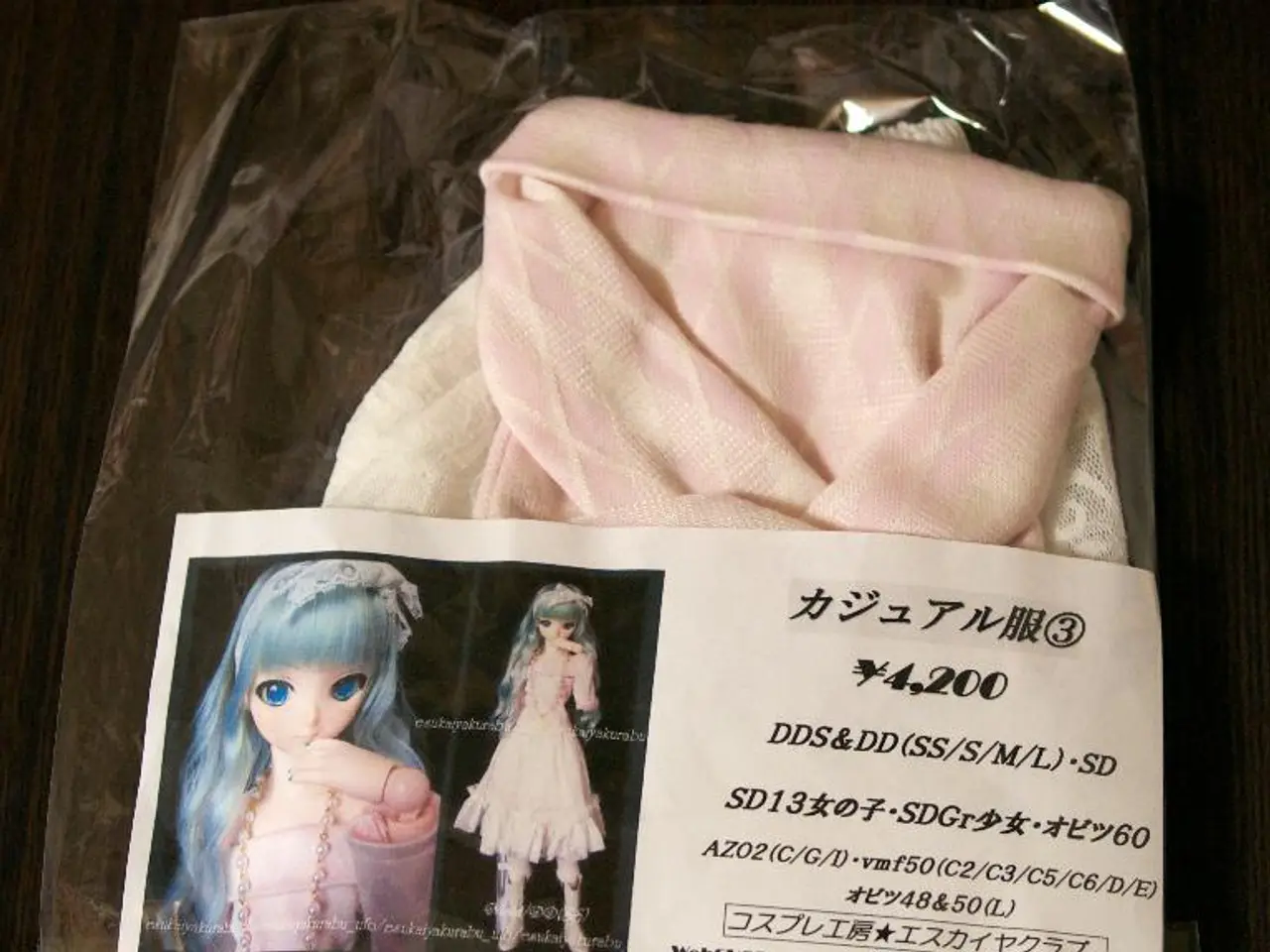Guide for Identifying and Marking Clothes for Senior Care Facilities
In a nursing home, organizing and identifying residents' clothing is crucial for providing personalized care and maintaining a well-run environment. Here's a simple guide to help you label clothes effectively and efficiently.
1. Gather Supplies
Before you start, collect all necessary labeling supplies. You'll need labels, a marker (or printer for some labels), and a workspace.
2. Set Up a Comfortable Workspace
Choose a well-lit and comfortable space to work. Ensure you have enough room to spread out your supplies and label each item efficiently.
3. Follow Labeling Instructions
Carefully follow the instructions provided with the chosen labeling method. This will help you achieve the best results and ensure the labels are durable and easy to read.
4. Prioritize Outerwear
Start by labeling outerwear like jackets, sweaters, and coats. These items are often easily misplaced, making clear labeling essential.
5. Label Effectively and Clearly
A well-labeled item should include the resident's name, allergies, special instructions, and room number. Including essential information without being overwhelming is crucial for effective organization and care.
6. Choose the Right Label Type
Durable and easy-to-read labels are recommended for nursing home clothes. Permanent markers can be a simple labeling tool, but be mindful of the marker's compatibility with the fabric. Sew-in labels are classic and reliable, with clear, bold fonts and allergy icons if needed. Iron-on labels offer a fuss-free alternative, adhering securely to the fabric and withstanding multiple washes. Stick-on labels are quick and easy, adhering well to most fabrics and being customizable.
7. Maintain and Replace Labels
Regularly check and replace labels as needed, especially after laundry cycles. Proper labels can make life more organized for both residents and nursing home staff.
Cost Considerations
The cost to label clothing for nursing homes generally ranges around $6 to $15 for 100 personalized sew-on labels or iron-on labels, depending on the type, material, customization, and quantity ordered. Key factors influencing the pricing include label type and material, customization level, quantity ordered, durability and wash resistance, shipping and turnaround time. Ordering in bulk and choosing standard designs can reduce costs, while higher personalization or specialty materials increase them.
In summary, prices start roughly between $6 and $15 per 100 labels with variations based on type, customization, and durability features tailored to nursing home needs. By following these guidelines, you can ensure that your nursing home's clothes are labeled effectively and efficiently, making life easier for both residents and staff.
[1] Label Manufacturer A [2] Label Manufacturer B [3] Label Manufacturer C [4] Label Manufacturer D [5] Label Manufacturer E
- To maintain a well-run environment and provide personalized care in a dementia care facility, it's important not only to label clothing efficiently but also to consider including information about the resident's medical conditions and allergies on the labels.
- In addition to organizing clothes for nursing home residents, effective labeling can extend to other areas of their lifestyle, such as fashion-and-beauty accessories or home-and-garden items. For instance, well-labeled items may help identify belongings in a resident's personal space, contributing to their sense of independence and overall well-being.




